World
10 Reasons Why Germany Should Top Your 2025 Travel List
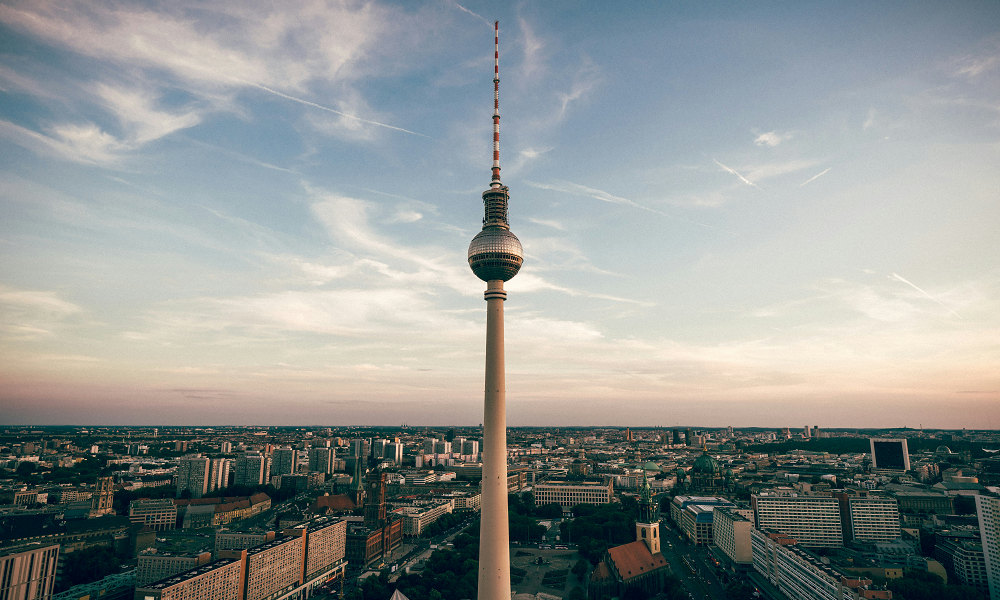
The country offers unique experiences for all types of vacationers that position Germany at the top of your 2025 destinations list. Looking at Germany, one can imagine forest scenes from fairytales, majestic hilltop castles, and active cities brimming with artistic and historical features and vibrant night scenes. Germany showcases its distinctive fusion of historic villages and contemporary spirit by inviting visitors to explore the Rhine area and Oktoberfest events and Berlin exhibitions. The remarkable country extends an open embrace while offering breathtaking alpine scenery along with cultural events and tantalizing food experiences that lead guests into endless fantastic experiences.
1. Neuschwanstein Castle
Neuschwanstein Castle stands tall on a Bavarian hilltop as it presents itself as a romantic fairy-tale structure that has become one of the global castling’s most beloved icons. King Ludwig II built this enchanting castle during the 19th century which the “Fairy-Tale King” named him based on his romantic ideals and Wagnerian opera inspiration. The picturesque location combined with its whimsical turrets and grand halls along with the rugged Bavarian Alps create an enchanting experience at this charming location. The castle received worldwide recognition when Disney used it to design the Sleeping Beauty Castle at their theme parks.
2. Reichstag
The Bundestag holds its parliamentary sessions at the central Berlin location with the Reichstag building serving as both a historical monument and chamber for legislative work. The German Parliament Bundestag holds its seat in this historic structure which has observed critical phases of German political development. Built during the nineteenth century with neoclassical architecture the structure added a futuristic glass dome through the design work of architect Norman Foster. The dome provides residents and tourists with breathtaking Berlin panoramas serving as a democratic visual representation.
3. Berlin TV Tower
The Berlin TV Tower (Berliner Fernsehturm) occupies Alexanderplatz as a dominant Berlin symbol that reaches 368 meters above its surroundings. The Berlin TV Tower stands as Germany’s tallest structure reaching 368 meters above the city and permitting distant panoramic views across the whole metropolis area. When the GDR government built this structure during the 1960s they intended it to serve as a proud symbol of East Germany during the Cold War times and display the aesthetic success of that period. Visitors continue to choose this site as a prime destination because it operates a restaurant that turns on a spiral axis to deliver spectacular views of Berlin’s cityscape.
4. Brandenburg Gate
The Brandenburg Gate maintains its status as a famed national landmark in Berlin where it functions as an emotive symbol uniting peace alongside unity. The Propylaea-inspired neoclassical design of the gate was finished in 1791 when it became a historic architectural centerpiece of German history. The gate turned into a powerful sign of division during the Cold War because it remained positioned between the Eastern and Western parts of Berlin where the Berlin Wall stood. After Germany dismantled the wall in 1989 the gate started representing the promise of future reconnection.
5. Memorial to the Murdered Jews of Europe
In Berlin, the iconic Memorial to the Murdered Jews of Europe shows tribute to all six million Jewish people who became victims of the Holocaust by using 2,711 gray concrete slabs positioned near the Brandenburg Gate. Peter Eisenman designed the memorial through 2,711 gray concrete slabs of different heights to construct this maze which generates feelings of both unsettlement and mourning. Visitors encounter an arresting layout through which they can acknowledge the Holocaust’s tragic effects on the Jewish community. An underground information center hides below the monument containing personal stories, historical context, and in-depth accounts of the atrocities.
6. Checkpoint Charlie
Checkpoint Charlie functioned as a prominent border crossing between East and West Berlin during the Cold War era at the center of Berlin. The vital checkpoint connecting the two sides of the Berlin Wall transformed into a compelling manifestation of the democratic and communist sides’ opposition. The site became a dangerous point where soldiers faced off while people attempted risk-filled escape routes in a city that grew more and more part. People from around the world visit Checkpoint Charlie today since it serves as an important tourist site for learning about its historical value. The Checkpoint Charlie Museum exhibits historical details about border crossers while revealing the Berlin Wall’s effects on personal life and political affairs throughout the neighboring site. This site serves as a reminder of the fractured history of Berlin and the enduring spirit of Berliners.
7. Linderhof Castle
Among several buildings constructed by King Ludwig II the Linderhof Castle in Bavarian Alps presents an extravagant appeal through its luxurious design as a royal palace. As its primary design source French architecture moved King Ludwig II to create this lavish estate that displays magnificently decorated spaces alongside gold accents along with premium tapestries and extensive chandeliers. The majestic castle embraces elegant formal gardens arranged in the baroque and rococo styles that present fountains and statues combined with carefully designed terraces. The Venus Grotto stands out as a man-made cave that combines a shining lake with romantic illumination drawn from Wagnerian operas.
8. Topography of Terror
The Berlin Topography of Terror stands as a powerful documentation center that sits on what used to be the Gestapo and SS headquarters complex. The historic space holds an important position to display Nazi atrocities by presenting detailed exhibitions and first-hand historical material for visitors. Next to the principal displays the outdoor space contains a preserved part of the Berlin Wall that delivers extra historical meaning to this location.
9. Baden-Baden
As one of the world’s most elegant historic casinos, the Baden-Baden Casino finds its home in the German spa town of Baden-Baden. The casino interior contains timeless elegance through its lavish furnishings, ornate murals, and gilded chandeliers while design elements duplicate those of classic French palaces. The casino boasts dual status as a gaming spot along with the cultural value that creates attraction for players and sightseers who are captivated by its magnificent history. The establishment acts as a high-class entertainment space for elegance at sophisticated events which enhances its representation of refined leisure experiences. At the Baden-Baden Casino, you can enjoy either a thrilling gambling experience or a cultural journey through its noble history and its enchanting surroundings that let you experience luxury through history. Germany allows gambling activities with strict regulatory systems in place to provide honest and transparent gambling operations. Lotteries exist only with non-profit foundations where profit distribution supports charitable activities and cultural programs or athletic endeavors. Online gambling remained prohibited throughout most German territory until 2021 except in the region of Schleswig-Holstein where citizens could freely access it. Consequently, German customers needed to visit foreign or unlicensed gambling sites. The introduction of the ISTG 21 law in 2021 transformed the situation by enabling national license platform operation which subsequently delivered the best online casinos in Germany. The change became a major development in Germany’s gambling rules.
10. Berlin Wall
During the prominent Cold War period socialist East Germany built its dividing structure known as the Berlin Wall which split Berlin’s city into two parts for twenty-nine years until 1989. The original barbed wire fence developed into concrete barriers which manifested the political struggle between communist and democratic ideologies. The November 1989 wall collapse led to German reunification, the conclusion of European communism, and the disappearance of East Germany. Today walls remaining from communism function as strong symbols of both historical separation and modern strength of unification and liberty.

-

 US News5 days ago
US News5 days agoJetBlue flight diverts to Tampa after altitude drop injures at least 15
-
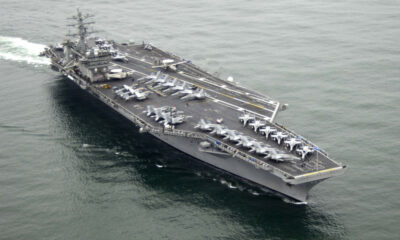
 World1 week ago
World1 week agoU.S. Navy helicopter and fighter jet crash in South China Sea; all crew rescued
-
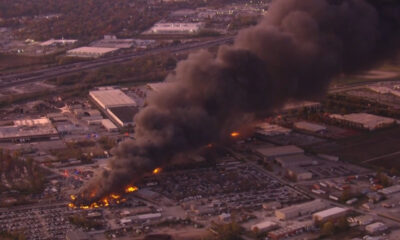
 Breaking News1 hour ago
Breaking News1 hour agoUPS cargo plane crashes into buildings near Louisville airport; injuries reported
-
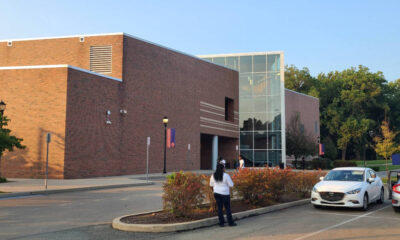
 Legal1 week ago
Legal1 week agoMultiple injured in shooting at Lincoln University in Pennsylvania
-
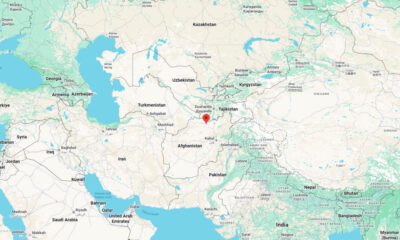
 World2 days ago
World2 days agoStrong 6.3 earthquake strikes northern Afghanistan; felt across Pakistan
-
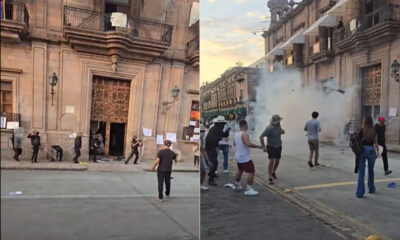
 World2 days ago
World2 days agoProtesters storm government building in Mexico after killing of local mayor
-
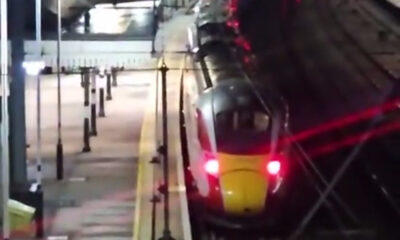
 World3 days ago
World3 days ago10 people stabbed on train in Huntingdon, England
-
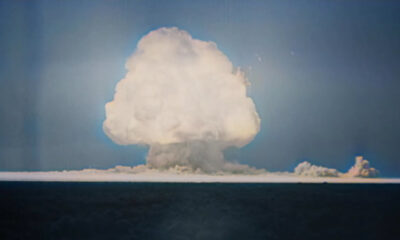
 US News6 days ago
US News6 days agoTrump says U.S. will resume nuclear weapons testing ‘on an equal basis’



